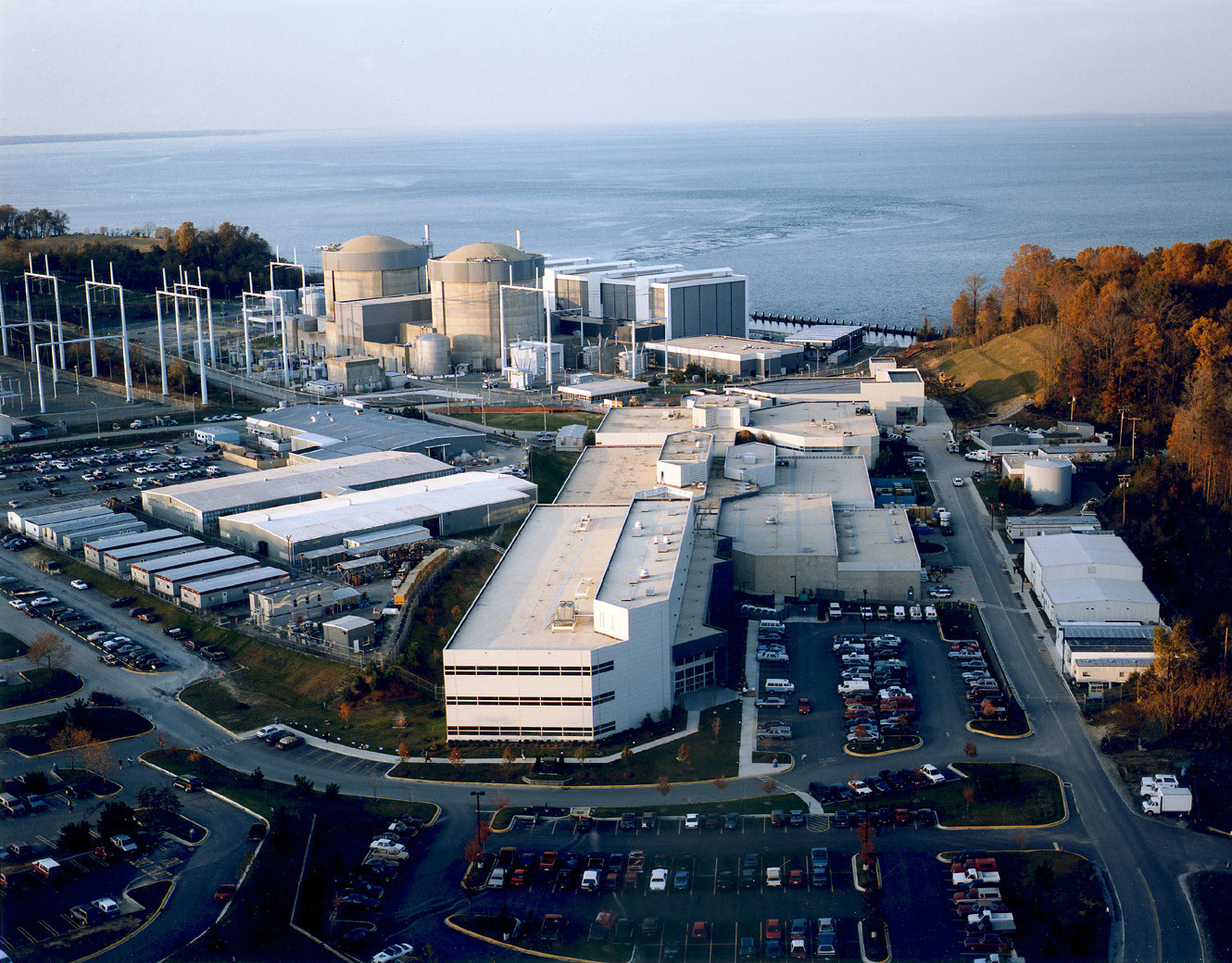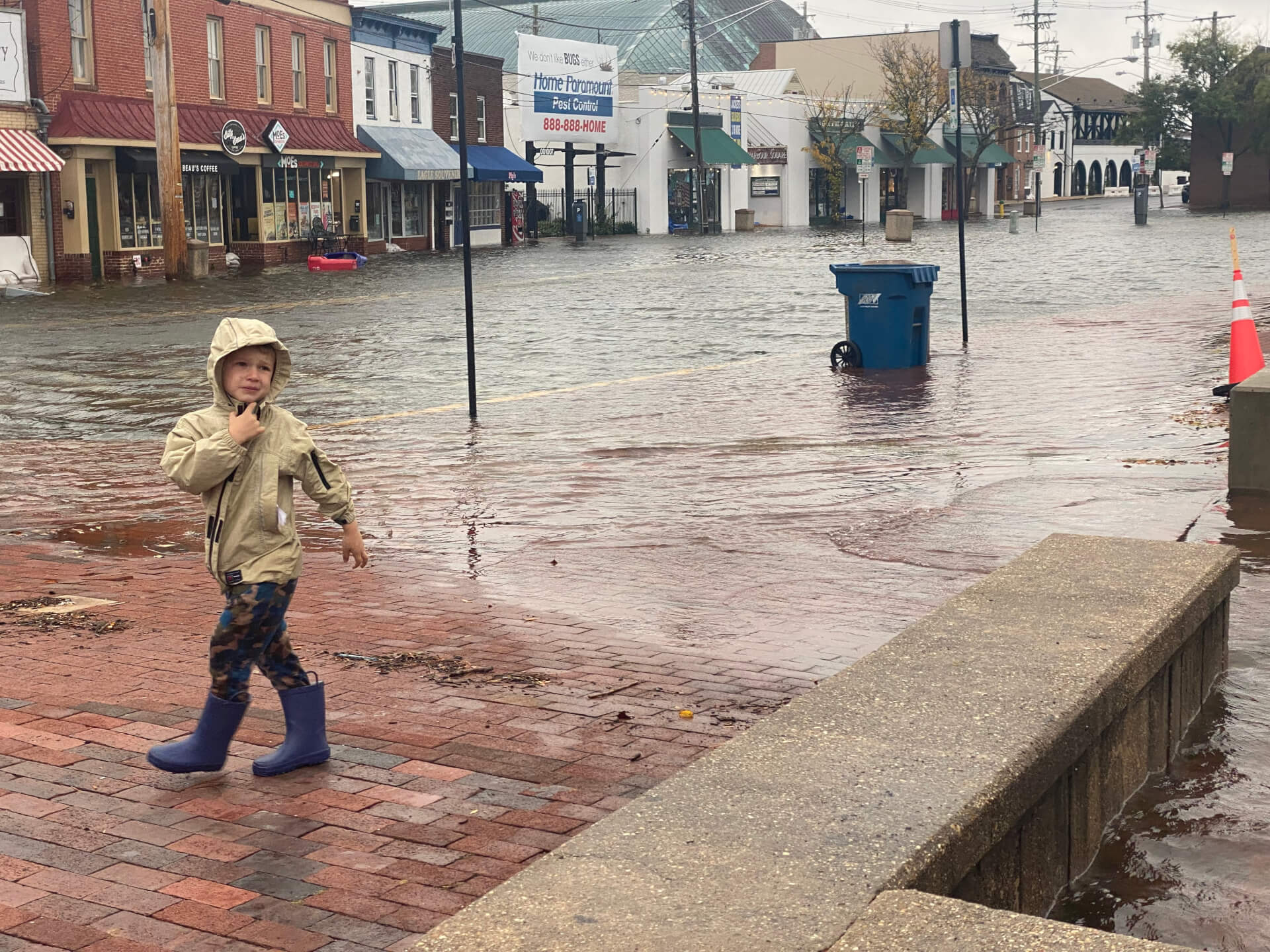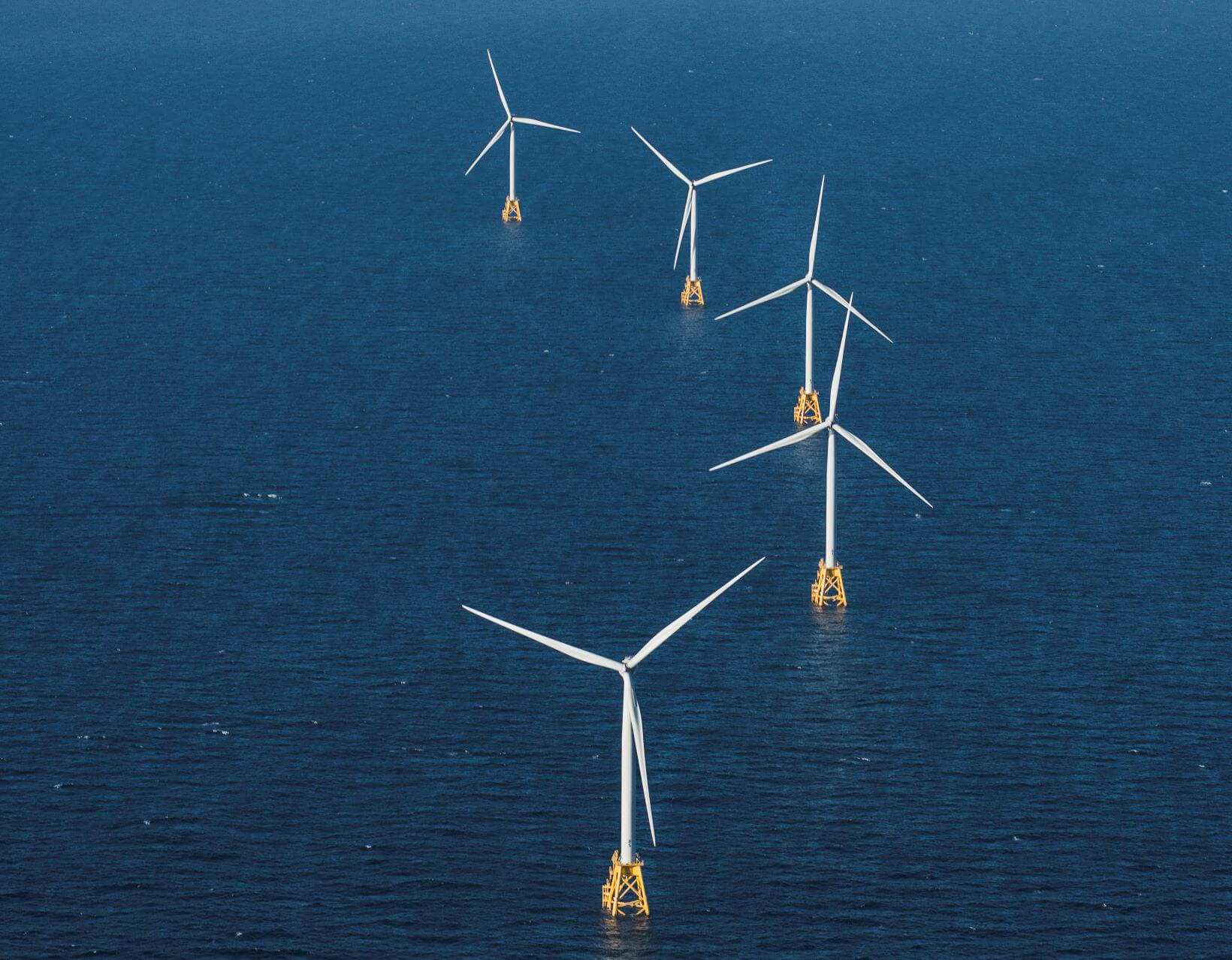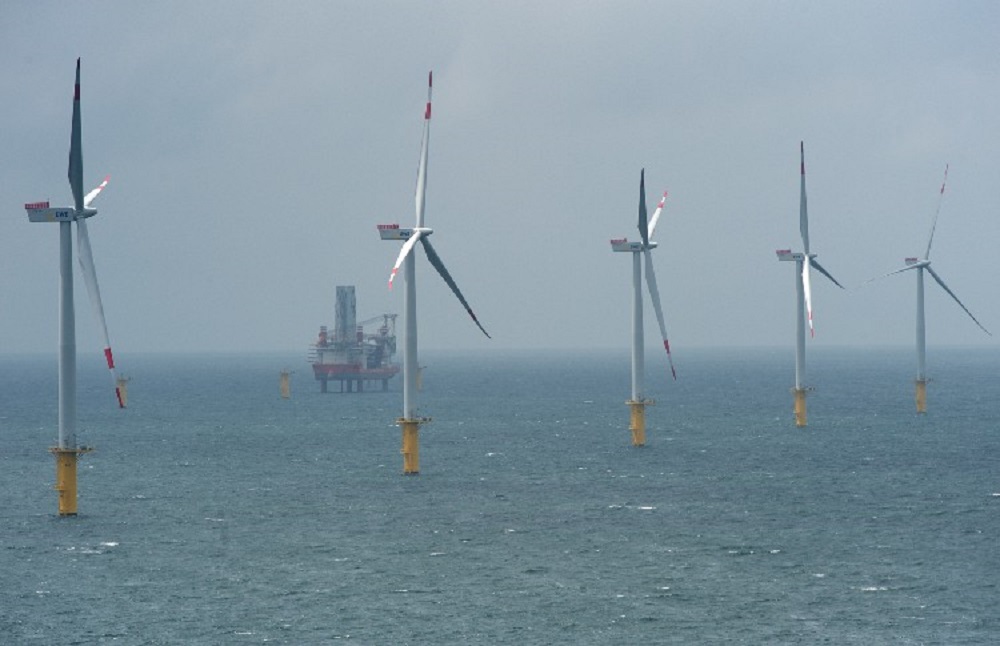Commentary: To solve climate crisis, environmentalists must shed aversion to nuclear power

By Bill Temmink
The writer is an environmental activist and a resident of Joppa.
The commentary by Dr. Alex Pavlak on Maryland’s climate strategy emphasizes the importance of defining goals and measuring progress in greenhouse gas reduction. While his points are valid, a critical aspect that the commentary overlooks is the reluctance of climate advocacy groups, such as CCAN, Sierra Club, League of Conservation Voters, and Environment Maryland, to consider new nuclear energy as a viable solution to climate change.
These organizations, along with Maryland’s Climate Mitigation Working Group, seem stuck in the outdated perception of nuclear energy portrayed in popular culture, akin to Mr. Burns and Homer Simpson in Springfield. Failing to explore the potential of new nuclear energy options hinders the state’s pursuit of net zero carbon emissions. Concrete goals, actionable plans, and measurable results are essential for success, and the refusal to reconsider positions may be influenced by internal politics within these groups.
While these organizations have been consistent voices in raising awareness about climate change, they now hold influential positions and must adapt to their new role. Many major industrial powers, including the U.S., have committed to tripling nuclear energy production by 2050 for its crucial role in creating a successful clean energy economy. As the demand for energy increases globally, nuclear energy presents an affordable and reliable option.
The fear associated with nuclear energy, stemming from events like the Three Mile Island meltdown, is irrational in today’s context. Maryland has a long history of safely operating nuclear reactors with no accidents since the Calvert Cliffs reactors opened nearly 50 years ago. Lessons learned from incidents like Three Mile Island have resulted in enhanced safety protocols and more efficient reactor designs.
Addressing concerns about nuclear energy, including waste management, costs, and weaponization, reveals that tremendous progress has been made. Nuclear energy safely stores its own waste, costs are being addressed through industrialization, and new reactor designs reduce the risks of weaponization. Maryland could reprocess its stored waste fuel to generate clean electricity for centuries without additional mining.
The risks associated with nuclear reactors are outweighed by the potential consequences of unchecked climate change. Maryland faces significant threats, such as sea-level rise impacting Eastern Shore farming and the destruction of the seafood industry due to oceanic and Chesapeake Bay heating. Damage to port cities from Havre De Grace to Crisfield, including Baltimore and Annapolis, is becoming commonplace.
To successfully address climate change, leaders must confront these challenges, and Maryland should consider new nuclear energy as a part of its solution. Facing fears, finding solutions, and embracing leadership are crucial steps in addressing the impending climate crisis.




 Creative Commons Attribution
Creative Commons Attribution